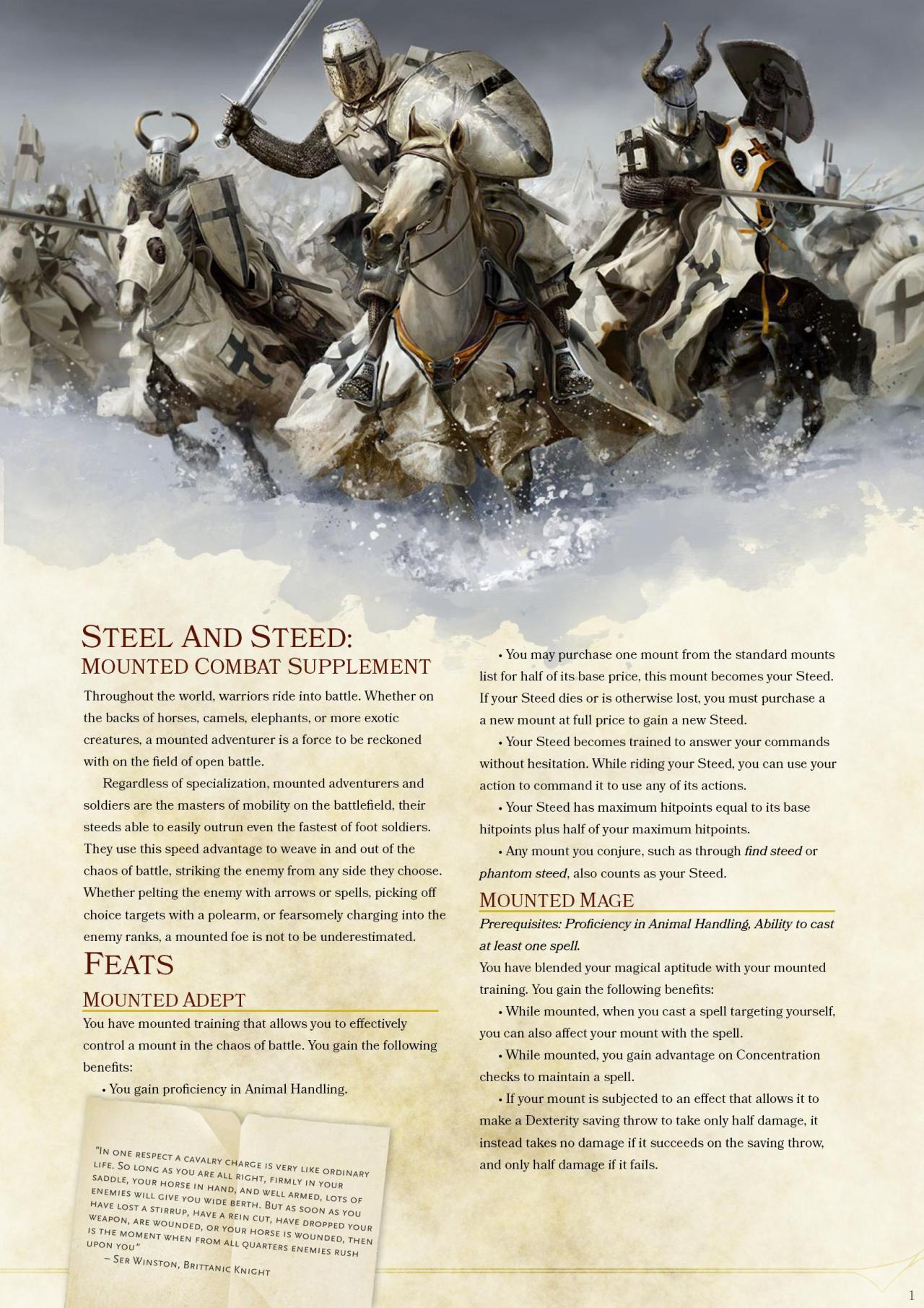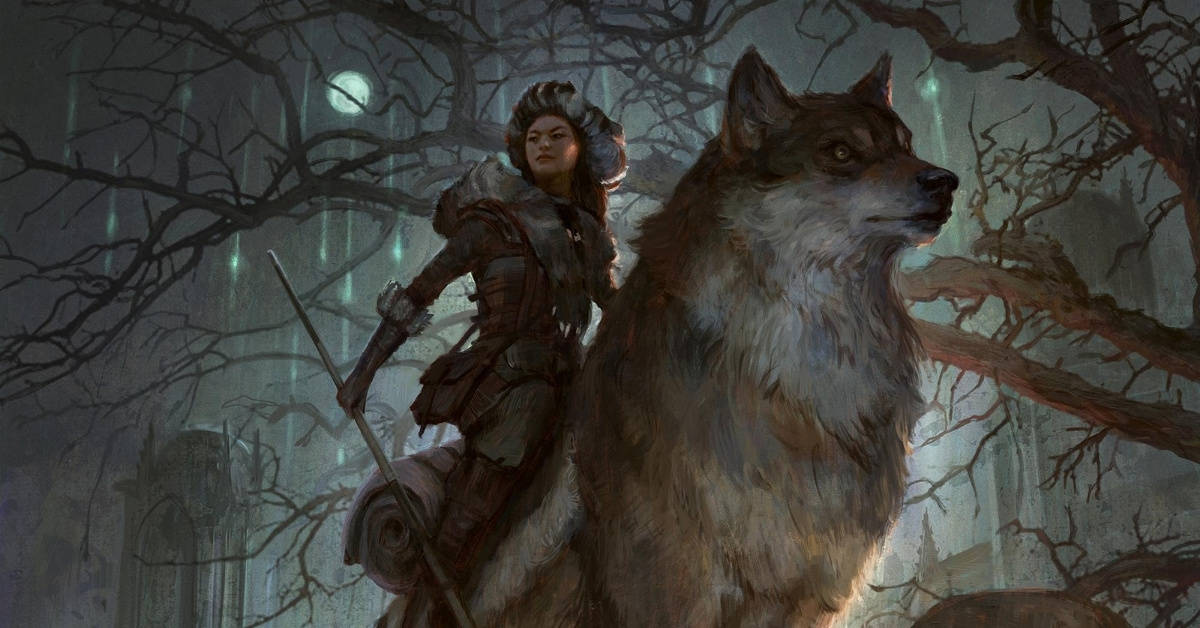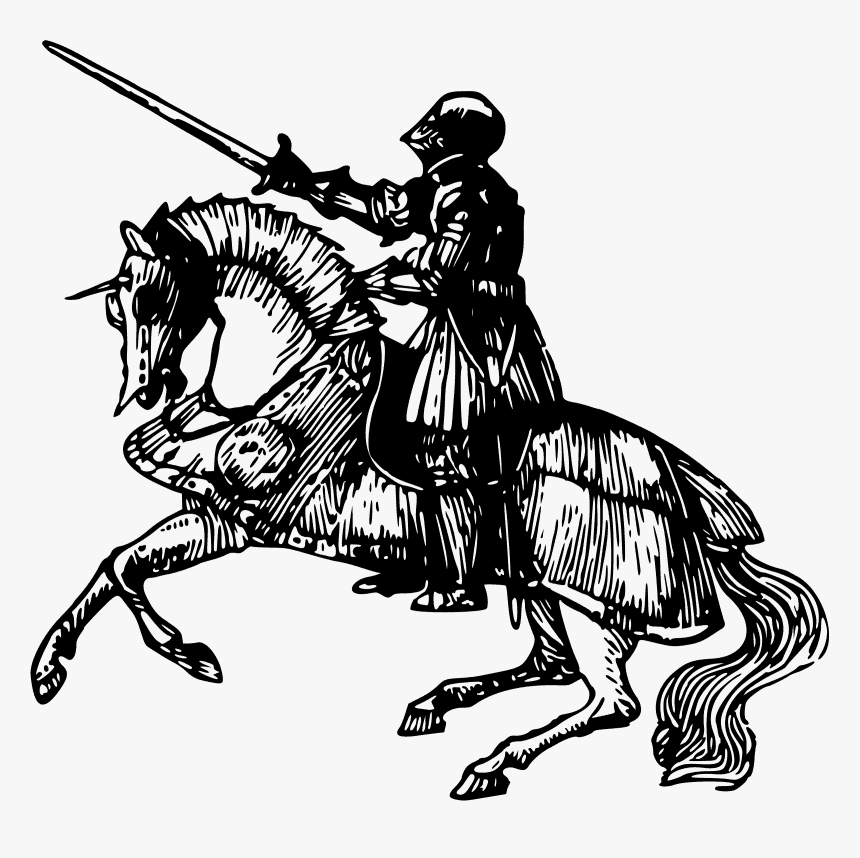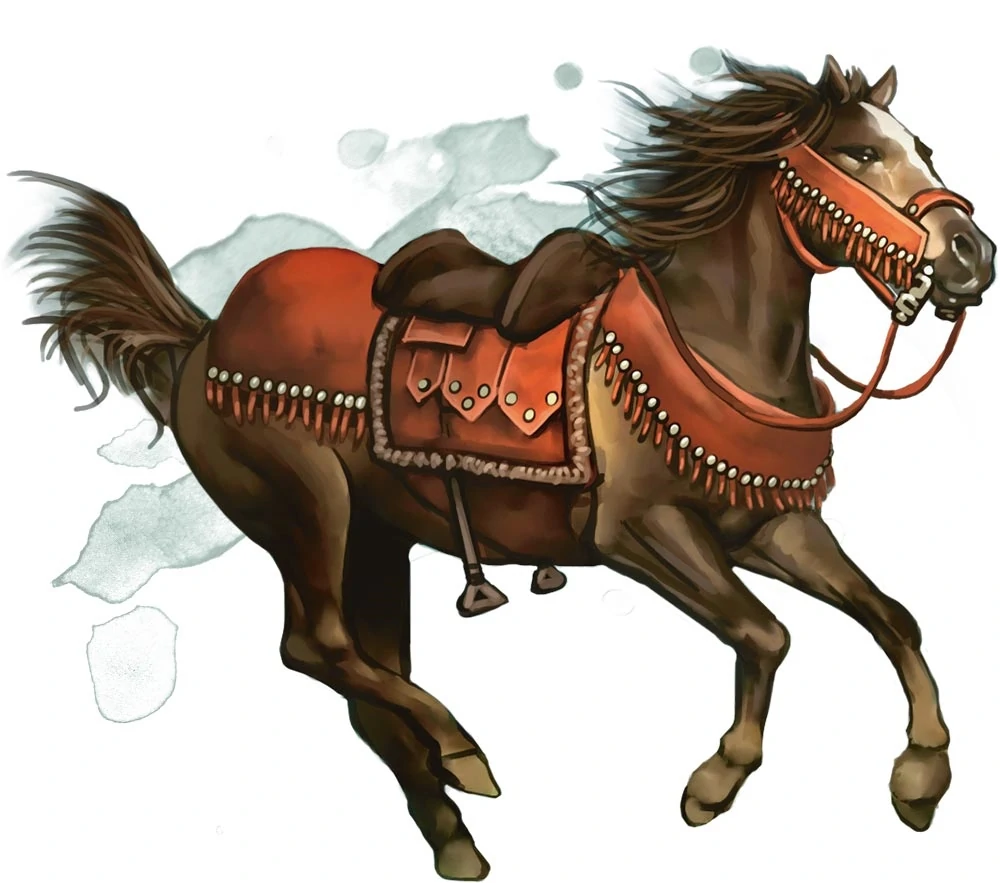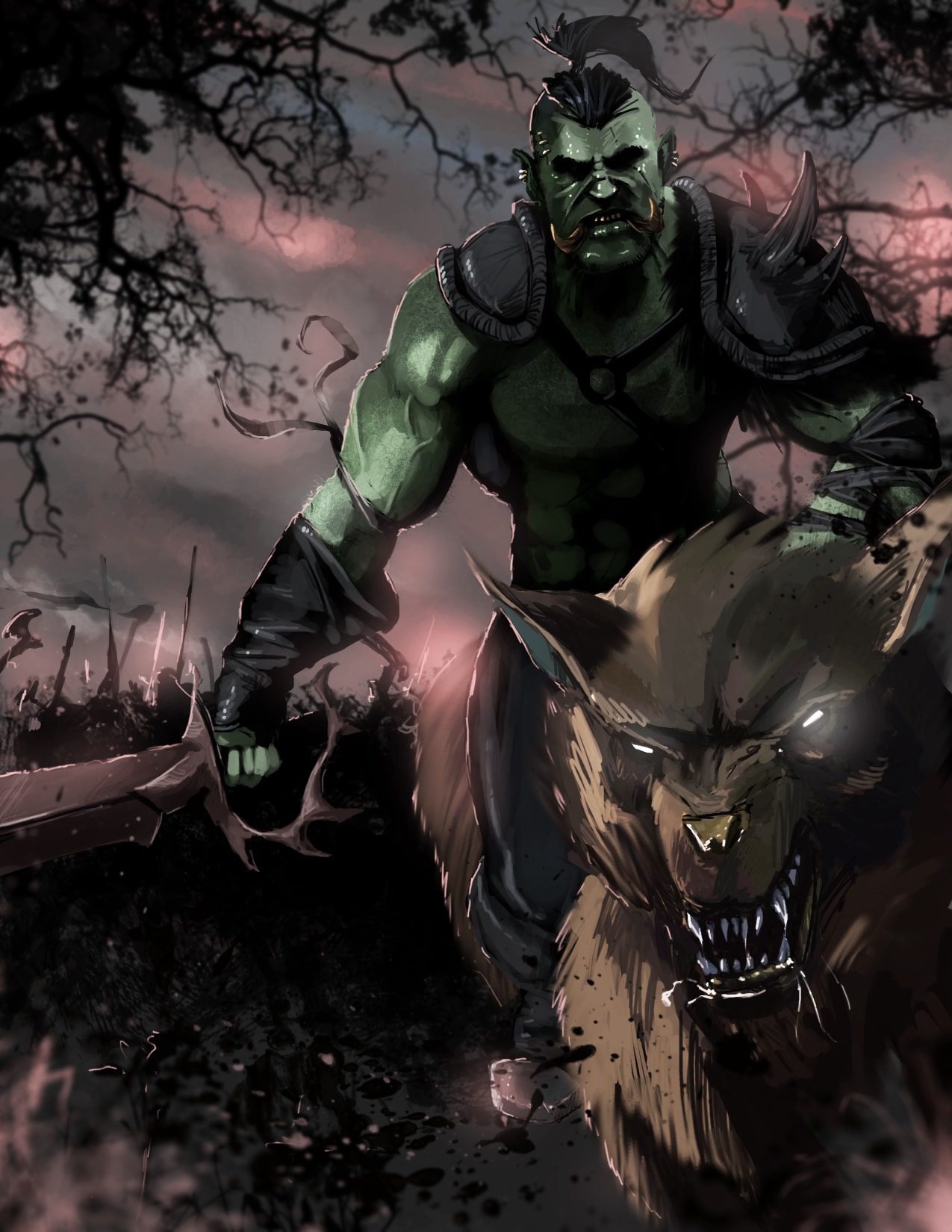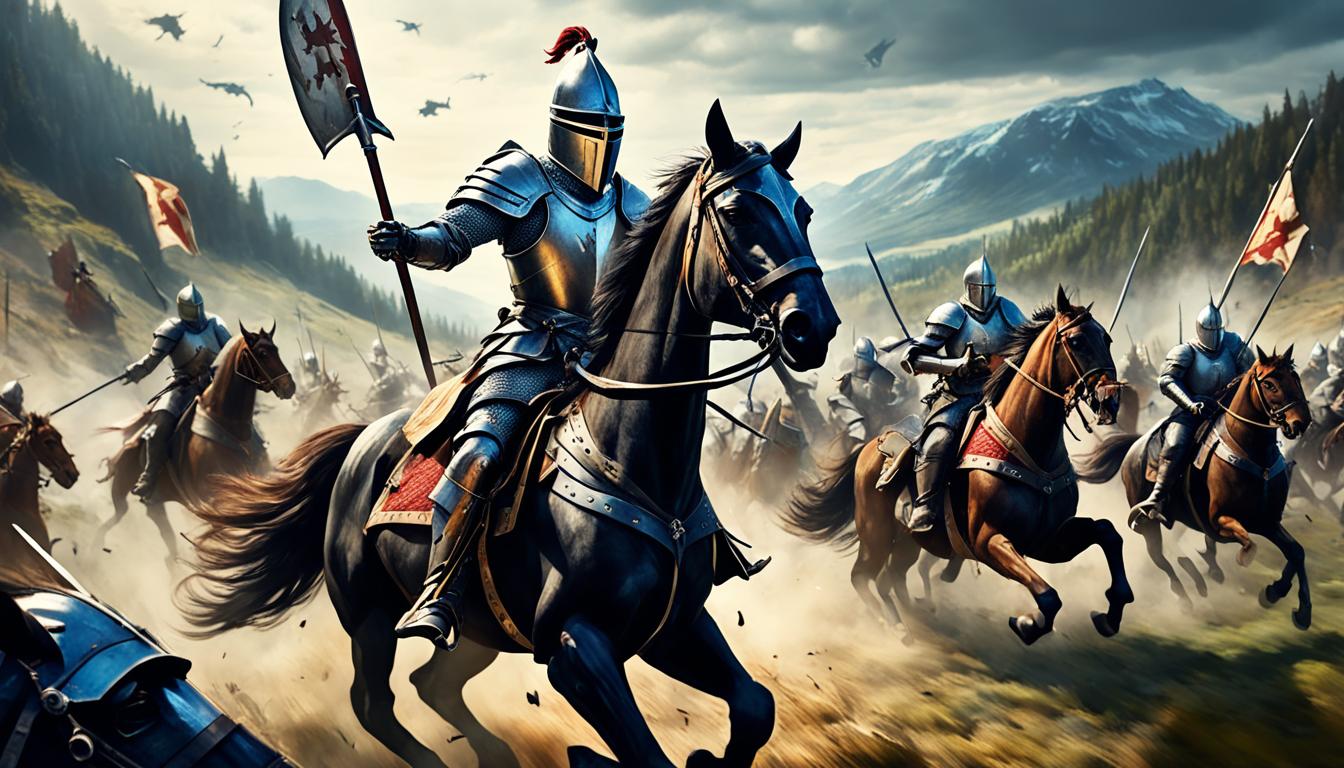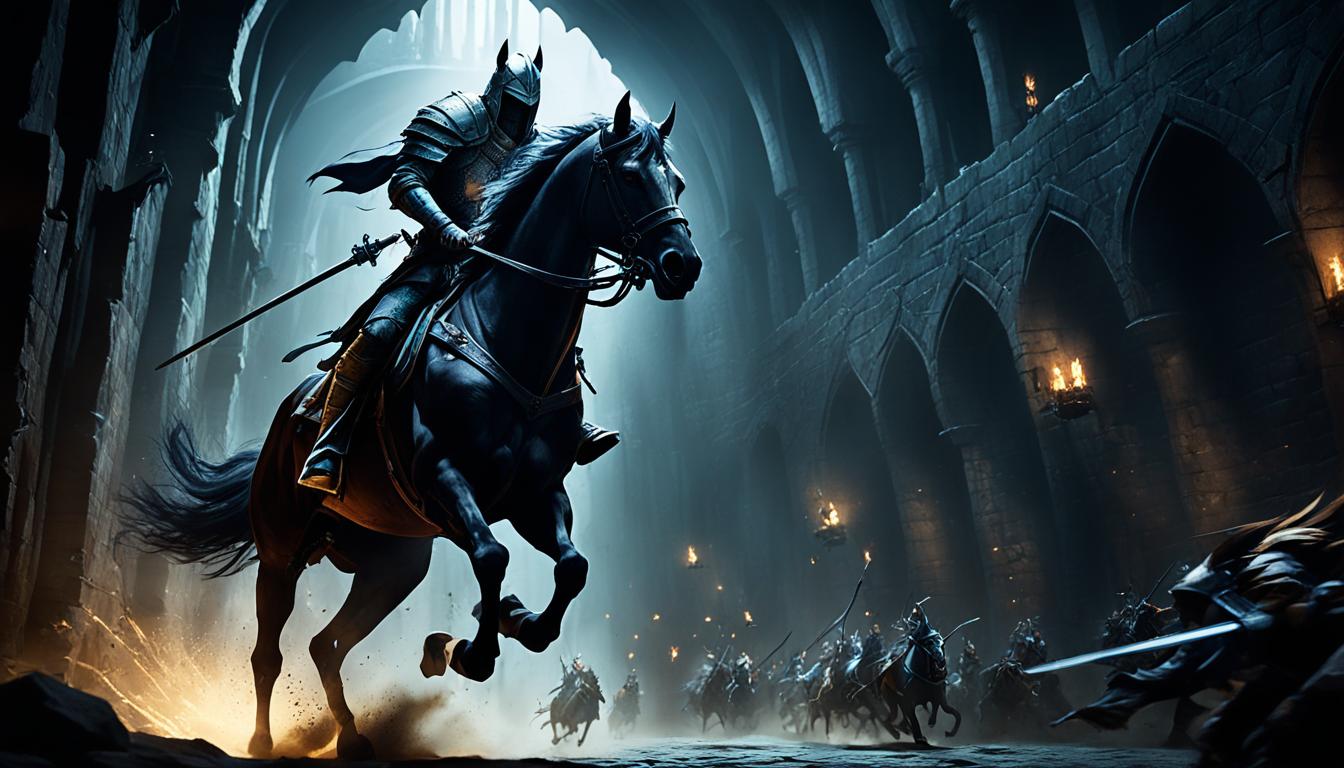Mounted Combat 5E
Mounted Combat 5E - A typical combat encounter is a clash between two sides, a flurry of weapon swings, feints, parries, footwork, and spellcasting. It moves as you direct it, and it has only three action options:. While ridden, the steed follows the normal mounted combat rules (ph, 198). Still has normal mounted combat options. In this case, the originating effect is something where the rider now has the prone condition. Unridden, it has normal action options. The initiative of a controlled mount changes to match yours when you mount it. Per the rules for mounted combat: The game organizes the chaos of combat into a cycle of. Cunning action is practically useless for a mounted rogue, since neither disengage nor dash transfer to the mount, and hide is very limited in usability while mounted.
It moves as you direct it, and it has only three action options:. You are mounted and prone. Per the rules for mounted combat: When mounted and prone, the rider must make another dc 10 dex. Cunning action is practically useless for a mounted rogue, since neither disengage nor dash transfer to the mount, and hide is very limited in usability while mounted. The game organizes the chaos of combat into a cycle of. A typical combat encounter is a clash between two sides, a flurry of weapon swings, feints, parries, footwork, and spellcasting. While ridden, the steed follows the normal mounted combat rules (ph, 198). Still has normal mounted combat options. In this case, the originating effect is something where the rider now has the prone condition.
Unridden, it has normal action options. You are mounted and prone. While ridden, the steed follows the normal mounted combat rules (ph, 198). Per the rules for mounted combat: When mounted and prone, the rider must make another dc 10 dex. A typical combat encounter is a clash between two sides, a flurry of weapon swings, feints, parries, footwork, and spellcasting. It moves as you direct it, and it has only three action options:. The game organizes the chaos of combat into a cycle of. In this case, the originating effect is something where the rider now has the prone condition. The initiative of a controlled mount changes to match yours when you mount it.
DnD 5e Homebrew — Mounted Combat Part. 1...
In this case, the originating effect is something where the rider now has the prone condition. A typical combat encounter is a clash between two sides, a flurry of weapon swings, feints, parries, footwork, and spellcasting. The initiative of a controlled mount changes to match yours when you mount it. Still has normal mounted combat options. Unridden, it has normal.
Dungeons and Dragons 5th Edition Mounted Combat Nerdarchy
Per the rules for mounted combat: A typical combat encounter is a clash between two sides, a flurry of weapon swings, feints, parries, footwork, and spellcasting. While ridden, the steed follows the normal mounted combat rules (ph, 198). The initiative of a controlled mount changes to match yours when you mount it. When mounted and prone, the rider must make.
Mounted Combat 5e Guide Explore DnD
The initiative of a controlled mount changes to match yours when you mount it. The game organizes the chaos of combat into a cycle of. Per the rules for mounted combat: When mounted and prone, the rider must make another dc 10 dex. In this case, the originating effect is something where the rider now has the prone condition.
Mounted Combat 5e Guide Explore DnD
While ridden, the steed follows the normal mounted combat rules (ph, 198). You are mounted and prone. Unridden, it has normal action options. A typical combat encounter is a clash between two sides, a flurry of weapon swings, feints, parries, footwork, and spellcasting. Per the rules for mounted combat:
Mounted Combat 5e Guide Explore DnD
A typical combat encounter is a clash between two sides, a flurry of weapon swings, feints, parries, footwork, and spellcasting. Per the rules for mounted combat: The game organizes the chaos of combat into a cycle of. In this case, the originating effect is something where the rider now has the prone condition. You are mounted and prone.
Mounted Combat 5e Guide Explore DnD
In this case, the originating effect is something where the rider now has the prone condition. A typical combat encounter is a clash between two sides, a flurry of weapon swings, feints, parries, footwork, and spellcasting. You are mounted and prone. It moves as you direct it, and it has only three action options:. Per the rules for mounted combat:
Mounted Combat 5e Guide Explore DnD
The initiative of a controlled mount changes to match yours when you mount it. Still has normal mounted combat options. The game organizes the chaos of combat into a cycle of. Cunning action is practically useless for a mounted rogue, since neither disengage nor dash transfer to the mount, and hide is very limited in usability while mounted. Per the.
Mounted Combat 5e Guide Tips & Strategies DND Toolkit
A typical combat encounter is a clash between two sides, a flurry of weapon swings, feints, parries, footwork, and spellcasting. The initiative of a controlled mount changes to match yours when you mount it. Per the rules for mounted combat: The game organizes the chaos of combat into a cycle of. Cunning action is practically useless for a mounted rogue,.
Mounted Combat 5e Guide Explore DnD
In this case, the originating effect is something where the rider now has the prone condition. When mounted and prone, the rider must make another dc 10 dex. The game organizes the chaos of combat into a cycle of. It moves as you direct it, and it has only three action options:. The initiative of a controlled mount changes to.
Mounted Combat 5e Guide Tips & Strategies DND Toolkit
A typical combat encounter is a clash between two sides, a flurry of weapon swings, feints, parries, footwork, and spellcasting. Per the rules for mounted combat: Still has normal mounted combat options. While ridden, the steed follows the normal mounted combat rules (ph, 198). The game organizes the chaos of combat into a cycle of.
Unridden, It Has Normal Action Options.
The initiative of a controlled mount changes to match yours when you mount it. In this case, the originating effect is something where the rider now has the prone condition. When mounted and prone, the rider must make another dc 10 dex. Per the rules for mounted combat:
The Game Organizes The Chaos Of Combat Into A Cycle Of.
You are mounted and prone. While ridden, the steed follows the normal mounted combat rules (ph, 198). It moves as you direct it, and it has only three action options:. Cunning action is practically useless for a mounted rogue, since neither disengage nor dash transfer to the mount, and hide is very limited in usability while mounted.
Still Has Normal Mounted Combat Options.
A typical combat encounter is a clash between two sides, a flurry of weapon swings, feints, parries, footwork, and spellcasting.
